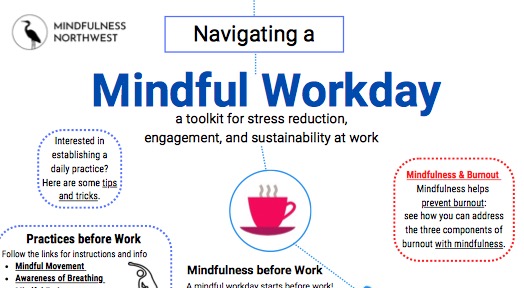Loving-Kindness Meditation
by Tim Burnett, 2018
Recent research suggests that the mind is “primed” to be more loving, kind, and compassionate but that our educational systems and culture don’t give us many opportunities to develop this. Our culture tends to view positive emotions like love as only “authentic” when they arise spontaneously, but mind training systems and science suggest that actually positive emotion is something we can train in and develop.
Loving-kindness refers to the altruistic wish that yourself and others be happy and well. Just that: no strings attached, no arguments about whether it’s realistic. Setting aside concerns about who does or doesn’t deserve to be happier, loving-kindness hinges on the idea that all human beings want and deserve happiness. And that all human beings want to avoid suffering.
Unfortunately suffering cannot be avoided. Life deals us inevitable blows and challenges no matter how well we arrange things or how fortunate we are (or aren’t!) in our circumstances. Deeply recognizing the inevitability of suffering and knowing that we have the capacity to turn towards that suffering with the kind eyes of loving-kindness is what compassion is all about.
It was said by a Burmese meditation teacher that, “When the sunshine of lovingkindness meets the tears of suffering, the rainbow of compassion arises.” And the Dalai Lama has said that loving-kindness is “the wish that all sentient beings be happy” while compassion is “the wish that all sentient beings be free from suffering.” Or we might more clearly say that we can learn to be more free and accepting even in the middle of suffering.
Research has shown that people who meet difficulty with compassion tend not to be burned out or burdened by it. Many report that it feels like an honor to be with the suffering of others when compassion arises. And compassion can be developed. Loving-Kindness Meditation is one of the tools for this growth.
The Practice
Sitting in an alert and comfortable way begin with mindfulness practice. Be aware of breath, body and the feeling of sitting still. Give yourself some time to settle a little.
After settling in, bring to mind an image of a loved one. Someone who naturally makes you smile. If a human being doesn’t come to mind, consider pets or other animals. You may also choose someone who is no longer living. Imagination can be powerful. Give this space and time. And, as always, remember that these practices are processes. Do your best and don’t worry if you don’t feel much.
And deeply contemplate that, just like you, this person has known joy and delight. Great things have happened: accomplishments, successes, loving relationships, and much more. Give some space to feeling the delight of this truth.
Contemplate also, as you hold this person in mind, that just like you, and just like all people, your loved one has also suffered and known loss and pain. Be with that difficult reality for a few breaths.
Then with the breath as an anchor offer good wishes of loving kindness towards this person and do your best to keep a feeling of their presence in your heart. Offer words like:
- May you be happy and joyful.
- May you be safe and peaceful.
- May you meet life’s challenges with strength and wisdom.
Or simplify a bit to:
- May you be happy.
- May you feel safe.
- May you live with ease.
Sit and breathe with these good wishes for a while. Feel the feeling of offering these wishes. Imagine how it feels to your loved one to receive them.
Then bring your awareness to yourself. You might imagine yourself as you are now, sitting here. Or you might imagine yourself in company of your loved one.
Deeply recognize that you too have known sorrows, pain, and great difficulty. That you too have faced burdens that seemed impossible to face or bear. And that you too have also known great joy, delight, and happiness. That like all beings you too want happiness and freedom from suffering.
And then offer yourself these same wishes:
- May I be happy and joyful.
- May I be safe and peaceful.
- May I meet life’s challenges with strength and wisdom.
Or simplify a bit to:
- May I be happy.
- May I feel safe.
- May I live with ease.
Sit and breathe with these wishes for a while. Offering and receiving them from yourself, to yourself. Feeling, and accepting, whatever it is that you feel.
Finally let go of all of the imagery and language and simply sit and rest in awareness. Notice what you are feeling now at the end of this practice and accept what is.
Over time this practice can lead to a significant increase in our ability to be loving and kind, and accepting of suffering so that we can be more compassionate. But like all practices, this takes time.
Meditation teacher Sharon Salzberg, author of the book Lovingkindness: The Revolutionary Art of Happiness, tell the story of being frustrated thinking this practice wasn’t helping. Then she was surprised one day after breaking something. After her customary self-critical exclamation of “You are so clumsy!” another phrase popped out of her mouth: “…and I love you anyway!” Sometimes progress in these practices isn’t obvious to us.

